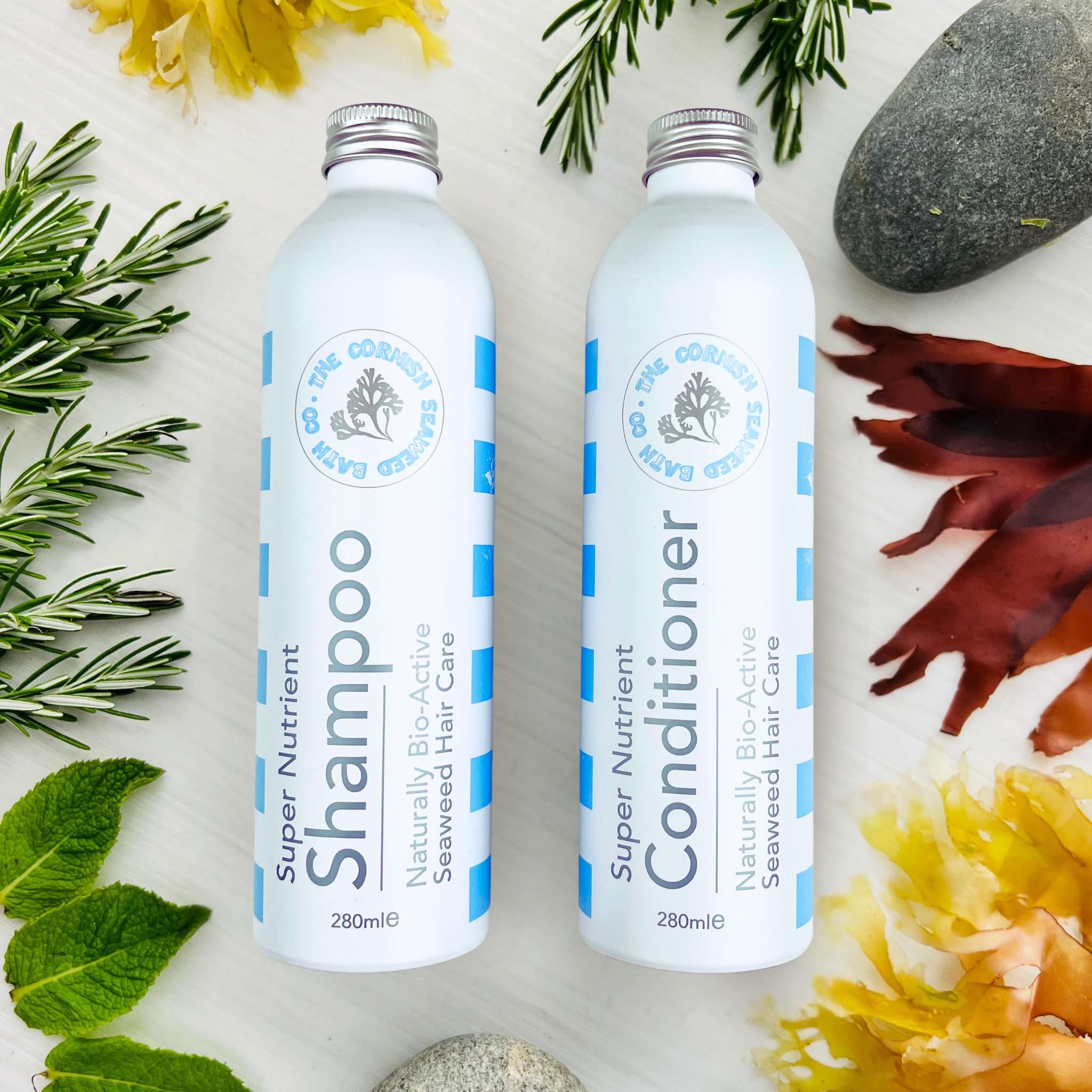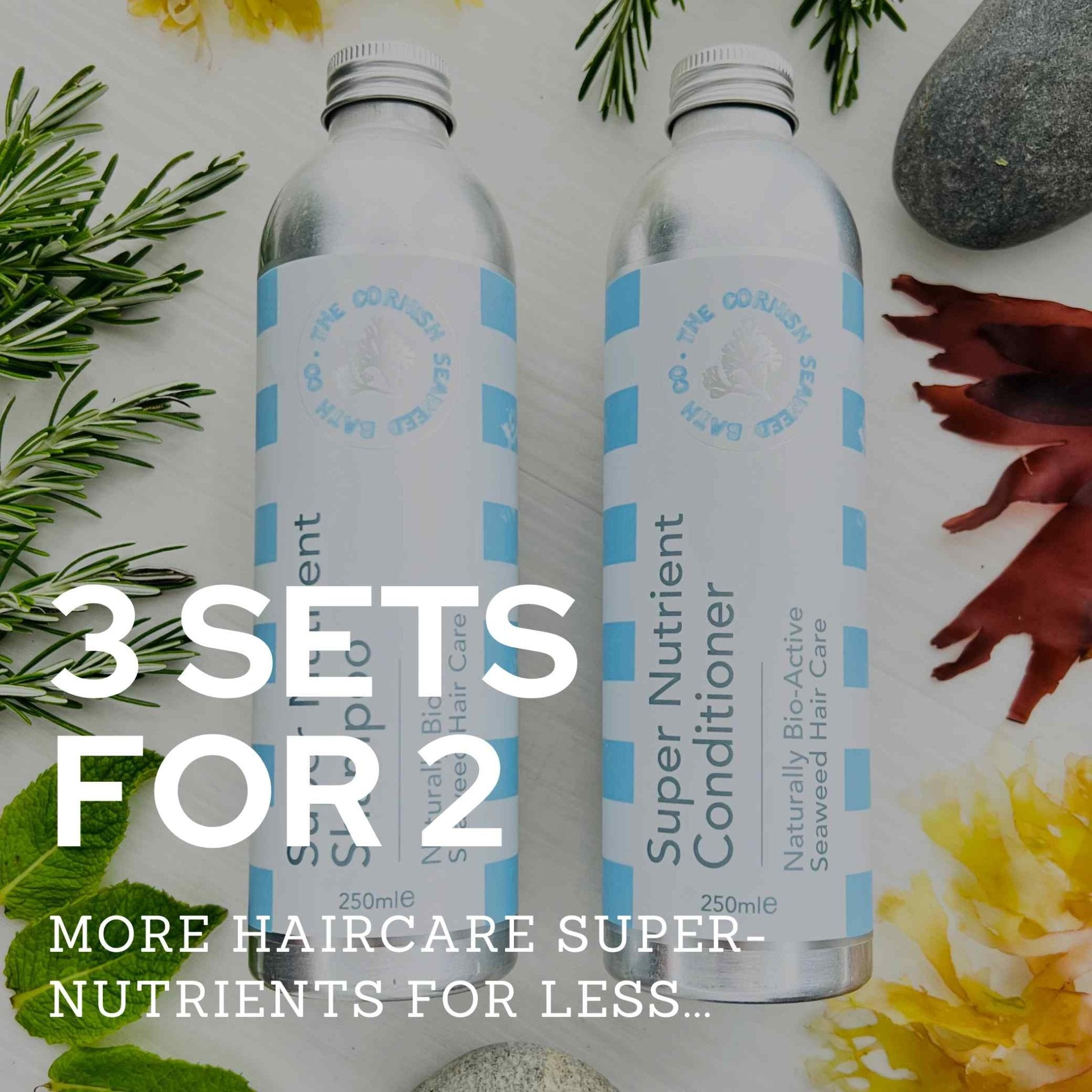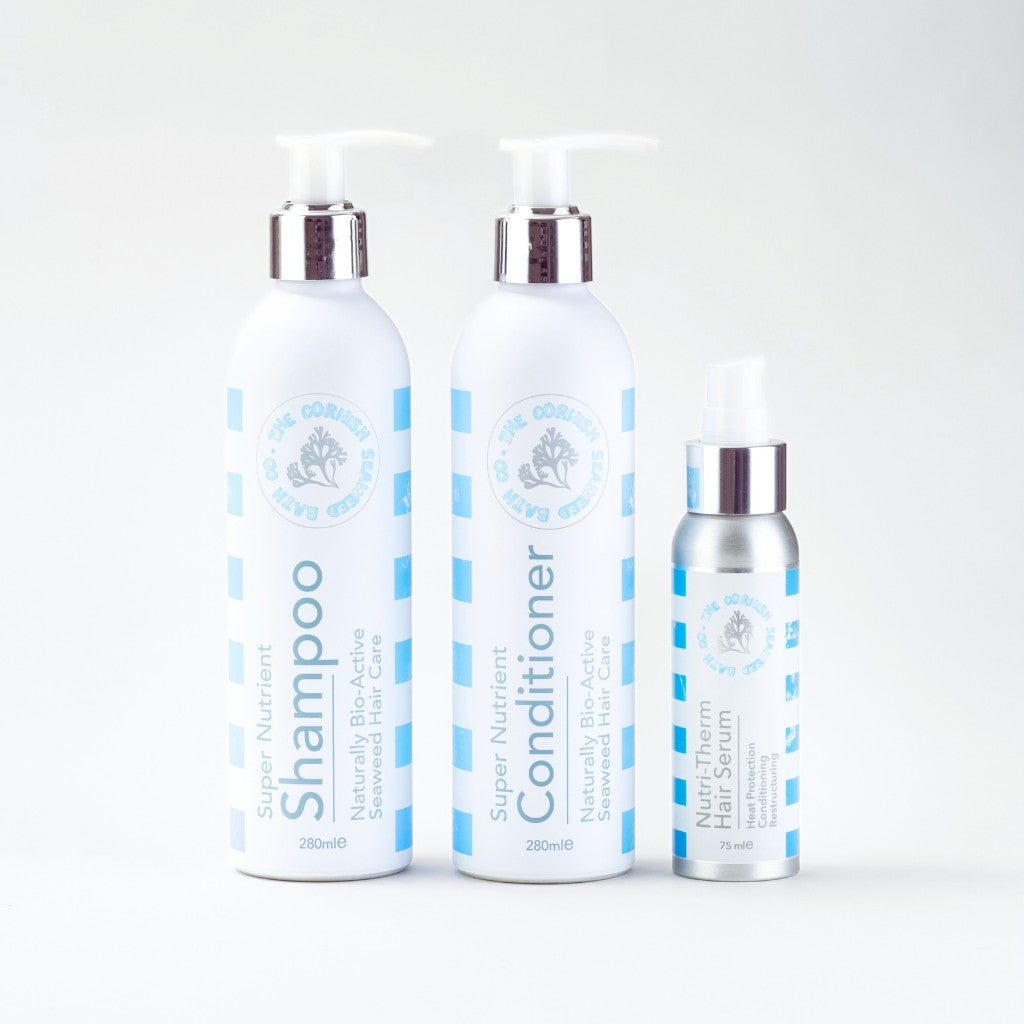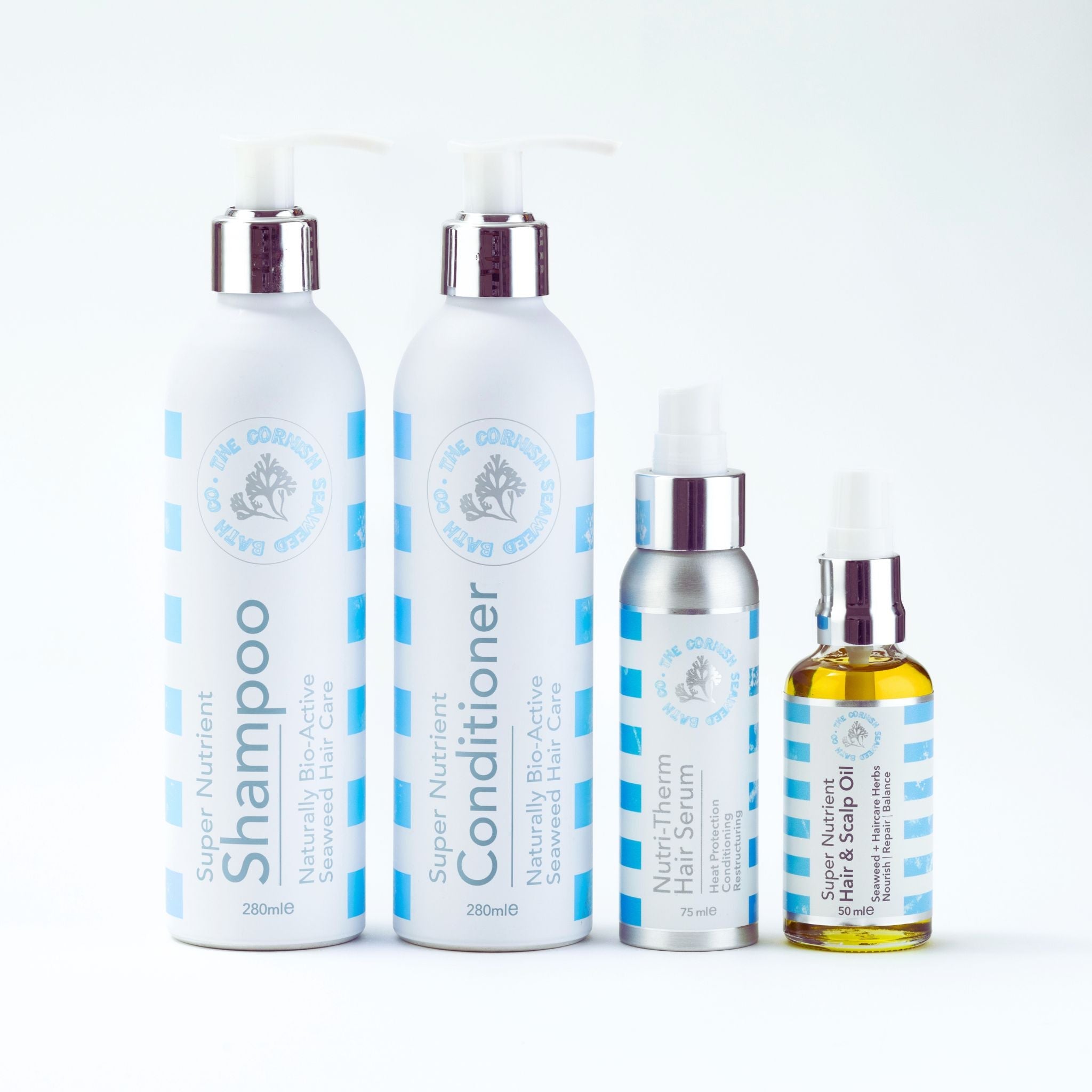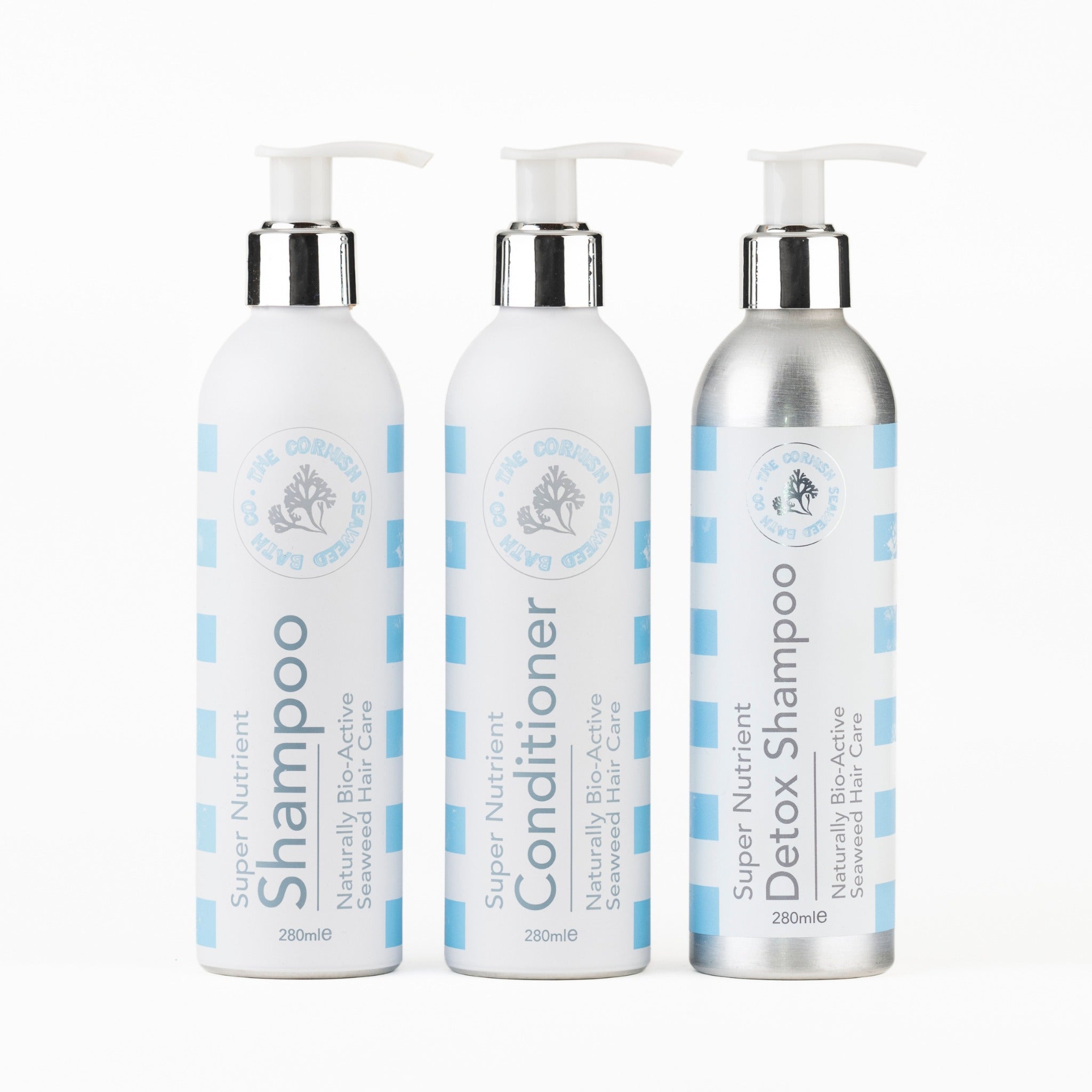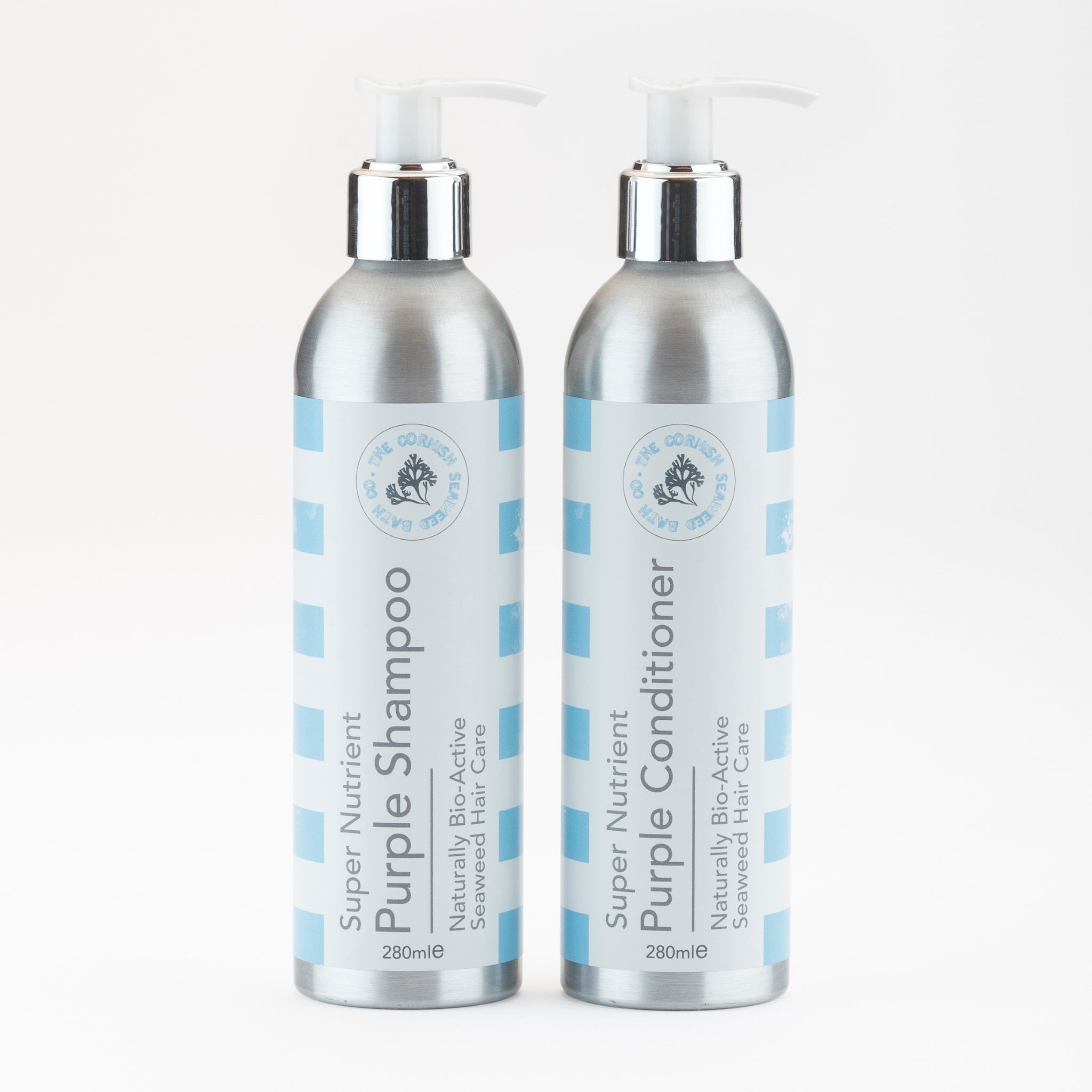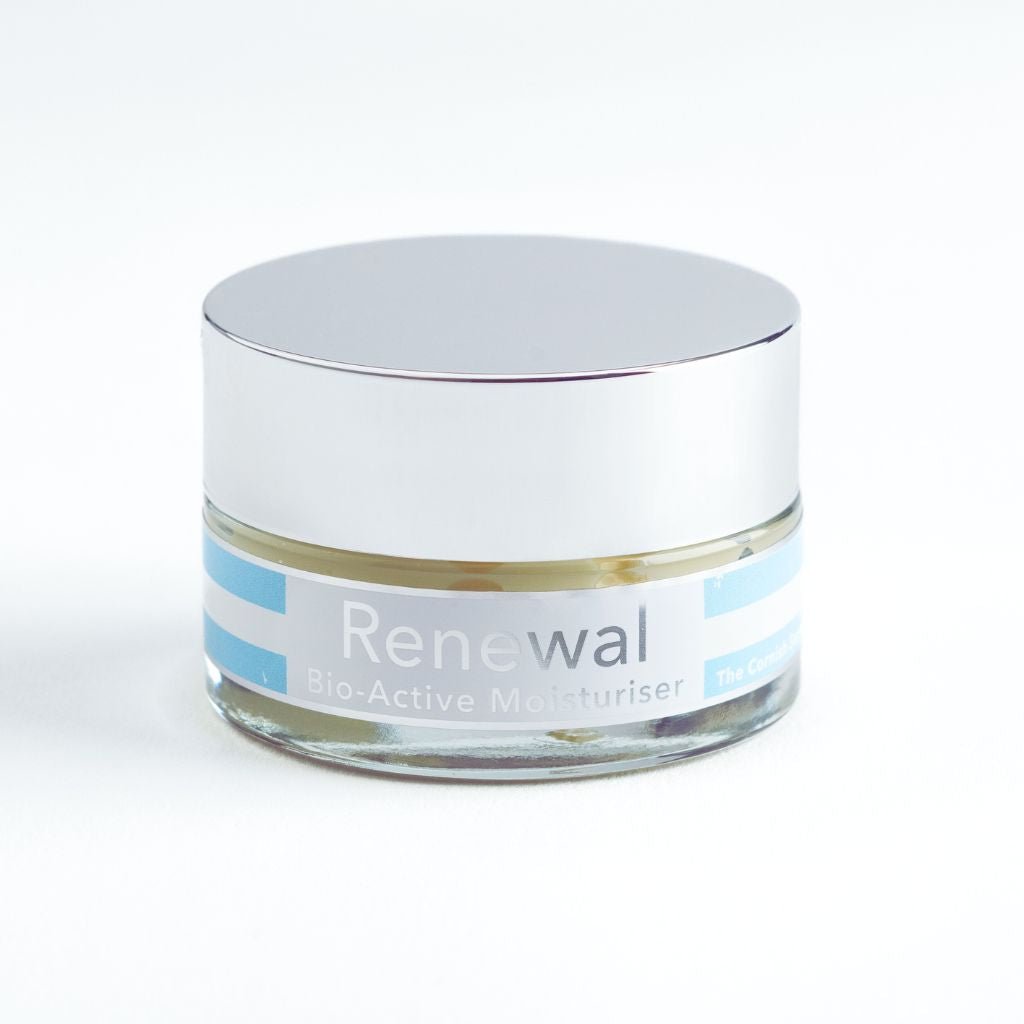Key Takeaways
- The soap bar remains popular due to its sustainable concentrated cleansing power, with minimal packaging.
- Traditional soap bars are made through saponification, transforming plant oils into natural surfactants while retaining glycerin, which supports skin moisture.
- Soap bar types include saponified bars, syndet bars, superfatted bars, and transparent glycerin soaps.
- Seaweed-infused formulations can enhance hydration and support the skin barrier.
- Both solid and liquid cleansers, when naturally formulated, can offer effective, gentle cleansing for different lifestyles and routines.
Table of Contents
- A Return to the Soap Bar
- What Is a Soap Bar? Essential Features and How It's Made
- Types of Soap Bars Explained
- The Science of Washing: How Does a Soap Bar Clean?
- The Benefits of Choosing a Natural, Handcrafted Soap Bar
- How to Use a Soap Bar: Best Practice for Different Needs
- Troubleshooting: Common Soap Bar Concerns and Solutions
- The Cornish Seaweed Bath Company Soap Bar Collection: Nature & Nurture in Every Bar
A Return to the Soap Bar
Soap bars are experiencing a quiet renaissance. As awareness grows around sustainable living and reduced packaging, this time-honoured format has regained its place alongside modern liquid cleansers. Its minimal packaging and concentrated nature make it a thoughtful choice, particularly for travel or compact living.
At The Cornish Seaweed Bath Company, we see both soap bars and liquid cleansers as part of a balanced self-care approach. Our handcrafted soap bars provide a tactile, traditional cleansing experience, while our Seaweed Body Wash and Seaweed Facial Cleanser offer natural nourishment and targeted cleansing in liquid form — ideal for those who prefer the ease of pump-dispensed products or share a household bathroom.
This renewed interest in bar soap reflects a broader shift: consumers value transparency in ingredients, reduced environmental impact, and a closer connection to nature.
What Is a Soap Bar? Essential Features and How It's Made

A soap bar represents one of humanity's oldest cleansing innovations, and its fundamental chemistry remains simple. The saponification process transforms plant oils, olive, coconut, castor, into sodium salts that act as natural surfactants, molecules capable of binding both water and oil to lift away impurities.
Traditional soap bars contain naturally occurring glycerin, a humectant that helps maintain skin moisture. This distinguishes them from synthetic detergent bars, which replace natural oils with laboratory-created cleansing agents. The solid format concentrates active ingredients.
Our seaweed-infused bars exemplify this traditional approach, incorporating hand-harvested Cornish seaweed (Fucus Serratus) alongside saponified plant oils. The seaweed contributes natural polysaccharides and minerals that support skin hydration, creating a bar that cleanses without stripping natural protective barriers.
Types of Soap Bars Explained
Understanding soap bar varieties helps you select the most suitable option for your skin. Traditional saponified bars, like those we craft, represent the purest form, plant oils transformed through the ancient saponification process, retaining natural glycerin and botanical benefits.
Syndet bars (synthetic detergent bars) replace natural soap with laboratory-created surfactants, often formulated to achieve specific pH levels. Superfatted bars contain excess oils beyond what's needed for saponification, leaving additional nourishing fats for particularly dry skin. Transparent glycerin soaps prioritise visual appeal and gentle cleansing through added glycerin and alcohol.
Combination bars attempt to merge different approaches, though this often results in complex ingredient lists that obscure the primary cleansing mechanism. At The Cornish Seaweed Bath Company, we maintain focus on traditional saponified bars enhanced with Cornish seaweed, believing this time-tested approach delivers optimal skin nourishment whilst supporting environmental sustainability.
These bars sit comfortably alongside our liquid cleansers, which share similar seaweed-derived benefits. Choosing between them often depends on lifestyle — bars are convenient for travel or simple
The Science of Washing: How Does a Soap Bar Clean?
Soap molecules have two distinct ends — one that binds to water and another that binds to oils. When lathered, they form micelles that surround and lift away impurities, rinsing cleanly from the skin.
Seaweed adds an extra dimension: its natural polysaccharides can help the skin maintain moisture during cleansing, and its minerals, including potassium and magnesium, support the skin barrier. These properties are shared across our seaweed-infused soap bars, body wash, and facial cleanser, allowing you to enjoy similar benefits in whichever form suits your daily routine.
The Benefits of Choosing a Natural, Handcrafted Soap Bar

Natural, handcrafted soap bars offer distinct advantages that extend beyond basic cleansing. The saponification process naturally produces glycerin, a powerful humectant that commercial manufacturers often remove from mass-produced bars to sell separately. Handcrafted bars retain this glycerin, supporting skin hydration during cleansing.
Seaweed-enhanced bars provide additional benefits through naturally occurring minerals and polysaccharides. Fucus Serratus, the species we harvest from Cornish waters, contains compounds that help maintain skin moisture balance. These natural components work synergistically with plant oils to cleanse without compromising skin barrier function.
- Minimal packaging
- Biodegradable: natural ingredients break down safely in water systems
- Skin nourishment: retains natural glycerin and botanical oils
How to Use a Soap Bar: Best Practice for Different Needs
Proper technique transforms your soap bar from a simple cleanser into an effective, gentle ritual. The key lies in understanding how much lather you need and adapting your approach to different areas of your body.
For whole-body cleansing, wet your soap bar and work it between your hands or directly onto damp skin until you create a light lather. Focus the soap bar on areas that need deeper cleansing, then distribute the lather with your hands. Place your soap bar in our Bamboo Soap Bag for gentle exfoliation. Rinse thoroughly with lukewarm water, as hot water can leave skin feeling tight.
Facial cleansing requires a lighter touch. Apply the lather gently in circular motions before rinsing with cool water.
Troubleshooting: Soap Bar Concerns and Solutions
Even the finest soap bar can present challenges if storage and usage aren't optimised. The most frequent complaint, a mushy, dissolving bar, stems from poor drainage rather than product quality.
Storage location matters significantly. Avoid leaving your bar directly in the shower stream or on surfaces where water pools. A simple wooden or bamboo soap dish with drainage slats extends bar life considerably and prevents the frustration of a dissolving soap bar.
The Cornish Seaweed Bath Company Soap Bar Collection

Our soap bar range demonstrates how traditional craftsmanship can enhance modern self-care routines. Each bar combines time-tested saponification with thoughtfully selected botanicals, creating cleansing products that respect both your skin and the environment.
The Seaweed Soap combines the refreshing, citrusy notes of lime, lemongrass, and bergamot to create an uplifting aroma ideal for daily cleansing. Its blend of seaweed with olive and coconut oils provides a thorough yet gentle wash, leaving skin feeling balanced and refreshed.
For those with delicate or fragrance-sensitive skin, the Fragrance Free Seaweed Soap offers the same nourishing seaweed and plant oil base without any added scent. This gentle, unscented bar is particularly well suited to sensitive skin types.
Finally, the Limited Edition Seaweed Soap features warming notes of frankincense, cinnamon, and orange, creating a luxurious and comforting bathing experience.
| Soap Bar | Key Scent Notes | Primary Ingredients | Best For |
|---|---|---|---|
| Seaweed Soap | Lime, lemongrass, bergamot | Fucus Serratus seaweed, olive & coconut oils | Daily cleansing |
| Fragrance Free Seaweed Soap | Unscented | Fucus Serratus seaweed, olive & coconut oils | Sensitive skin |
| Limited Edition Seaweed Soap | Frankincense, cinnamon, orange | Fucus Serratus seaweed, frankincense resin | Luxurious bathing |
Each 100g bar lasts for a long time with proper care. All feature our cornerstone ingredient, Fucus Serratus seaweed, valued for its natural moisture-retentive qualities.
These soaps sit harmoniously alongside our Seaweed Body Wash and Facial Cleanser, allowing you to choose the format that best fits your lifestyle while enjoying the same seaweed-infused nourishment.
Frequently Asked Questions
What are the main differences between traditional saponified soap bars and syndet bars, and how do I choose the right one for my skin type?
Traditional saponified soap bars are made by reacting plant oils with an alkali, creating natural surfactants and retaining glycerin, which helps maintain skin moisture. Syndet bars, on the other hand, are synthetic detergent bars. Choosing between them depends on your skin’s needs: if you seek natural ingredients and moisturising benefits, a saponified soap bar will suit you.
How does the saponification process work to transform plant oils into cleansing soap bars, and why is glycerin important for skin moisture?
Saponification is a chemical reaction where plant oils combine with an alkali to produce soap and glycerin. This process creates natural cleansing agents that lift away oils and dirt. Glycerin, a by-product of saponification, is a humectant that attracts moisture to the skin, helping to support hydration and prevent dryness during cleansing.
How can I extend the lifespan of my soap bar and reduce waste during daily use?
To make your soap bar last longer, allow it to dry thoroughly between uses by placing it on a well-draining soap dish. Avoid leaving it in standing water, which can cause it to soften prematurely.
A picture tells a thousand words: out of necessity, some images in this blog post have been created using artificial intelligence models. This is to help us bring to life & more comprehensively express the written content within this post. We only using artificially generated images when we don’t have a suitable image available to us.
 Early Black Friday!
Early Black Friday!


